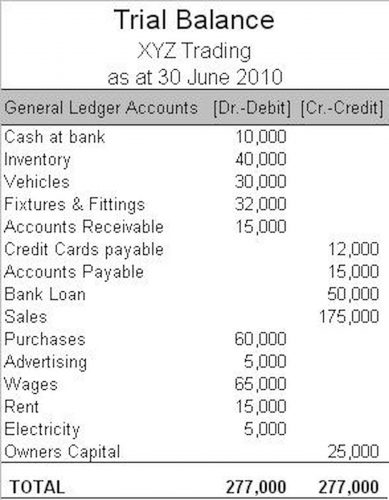
The following are the three steps to calculate weighted average shares outstanding. Let’s say that a company earned $100,000 this year and wants to calculate its earnings per share (EPS). At the Keep Records for Small Business beginning of the year, the company has 100,000 shares outstanding but issues an additional 50,000 halfway through the year, for an ending total of 150,000. Instead of computing EPS based on the ending number of shares, which would produce EPS of $0.67, a weighted average should be taken. The Weighted Average Number of Shares refers to the number of common shares outstanding during a reporting period, adjusted proportionally for the length of time each tranche of shares was outstanding. Many companies buy back shares as part of their capital allocation strategy.
Look at the Treasury Stock Line Item

On the other hand, while calculating the dilutive EPS, the denominator includes all possible conversions that can take place and increase how to find shares outstanding the number of shares held by parties. Diluted EPS is always less than the basic EPS, as the denominator in the latter is higher. Companies with options, convertible bonds, etc., disclose both basic as well as diluted EPS in their financial disclosures. In this case, the preferred stock dividend must be deducted to get the net income used for the basic EPS calculation. The notes state that the preferred stock dividend is treated as equity, so we have removed this in the adjusted earnings calculation. The most up-to-date number of basic shares outstanding can be found in the latest form 10-K or 10-Q of a company.
What is EPS?
It is a less-commonly used number in the financial reporting of privately-held businesses. It can split its stock to reward its current investors and to make its price per share unearned revenue more tempting to new investors. It can reverse-split its stock to keep its head above water, artificially increasing its share price. It also may coincide with the conversion of stock options awarded to company outsiders into stock shares. The weighted average number of shares is determined by taking the number of outstanding shares and multiplying it by the percentage of the reporting period for which that number applies for each period.

Calculator Instructions
The weighted average of outstanding shares is a method employed to calculate the average number of shares outstanding within a certain period. This calculation is frequently employed in financial analysis to determine various financial ratios, like earnings per share (EPS) and price-to-earnings (P/E) ratio. You must follow these five steps to determine the Outstanding Shares Weighted Average. You can calculate the outstanding shares using two numbers – the total number of shares issued by the company and treasury shares held by the company’s investors.

Get Educational Market Insights Sent Right to Your Phone
The calculation of weighted average shares begins with understanding the timeline of share issuance and repurchase activities within a reporting period. Companies often issue new shares or buy back existing ones, and these actions can occur at various points throughout the year. To accurately reflect the impact of these changes, it is necessary to weight the shares by the portion of the reporting period they were outstanding.

